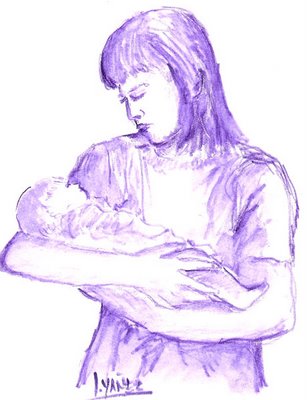2.3.5.2 The work “Florentina, social scenes”, by Manuel Costales y Govantes (1815 – 1866)

Manuel Costales y Govantes was actively involved in the cultural and intellectual circles of his time. He taught at the San Carlos Seminary, was director of the Economic Society of Friends of the Country, and contributed to numerous periodicals, as an editor and writer. These include: La siempreviva, Aguinaldo Habanero, Diario de la Habana, and Cuba Literaria, among others.
The work “Florentina” does not exactly fit the parameters that have been considered to define what a novel is or should be, since the plot is practically undeveloped, not even the profiles of the characters, but rather they constitute mere mirrors to reflect a social situation that surpassed them: the contrast of classes in society, taken to its extremes with shades of tragedy uncommon in Cuban literature.
This fragment serves to illustrate it: “There, mingled with the crowd, was that mother: there she was carrying in her arms the hidden corpse of her daughter, amidst so much youth and elegance and amidst so much splendor and joy.”
The love of tragedy is above even the objective of expressing these social antagonisms, which would not be realized as such until more than a century later (the work was published in 1856).
The allusion to the Tacón theater and the audience lingering outside it, at the moment when Florentina passes by with her dead daughter, is a device to express the indolence of a social class that loves spectacles, but becomes incapable of being moved by real suffering, sometimes even of perceiving it.
The complete lack of typicality in the characters—some scholars have even described them as “transparent”—rather than constituting a shortcoming on the part of the author in his characterizations, indicates, first and foremost, a generalizing intention, given the widespread nature of the behaviors characteristic of each class and social stratum. There is also a desire to describe, from an emotional perspective, or its absence, the alienation that certain life conditions can engender.
Although the author achieves a fairly coherent outline of the locations in which the characters developed and the characteristics inherent to both the happy members of the dominant economic sectors – it is still a matter of debate whether one could already speak of the bourgeoisie as a social class – and of the most desperate marginality, the solution he offers – not for the plot, insoluble since from his approach the protagonists are surrounded by their circumstances, but for the underlying social situation – seems like a deux machina thing insofar as it places its hopes on the role of education.








